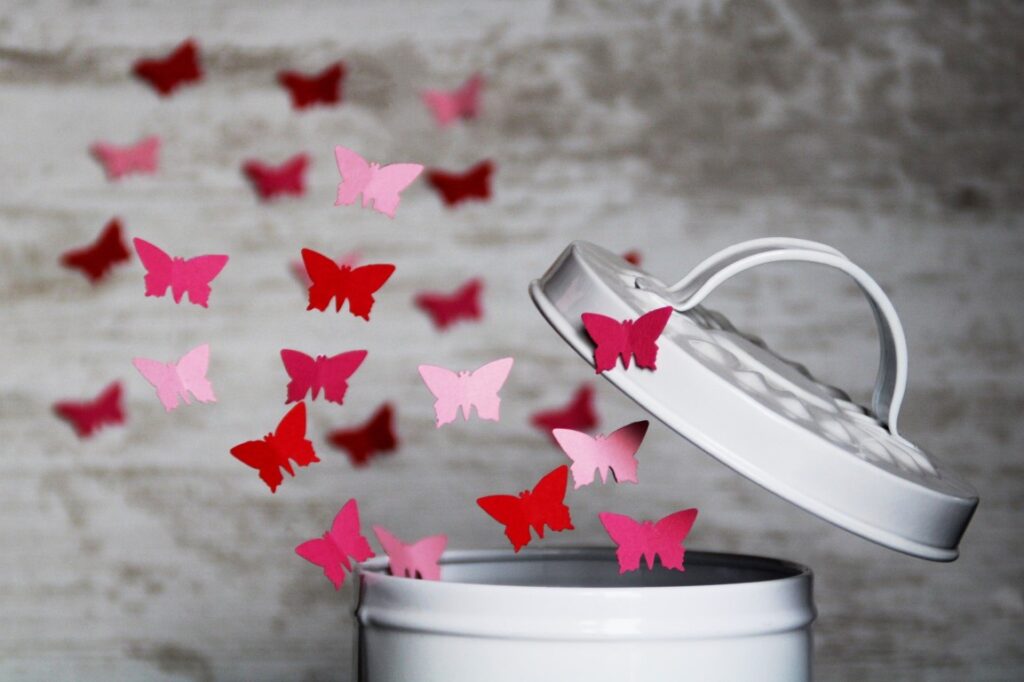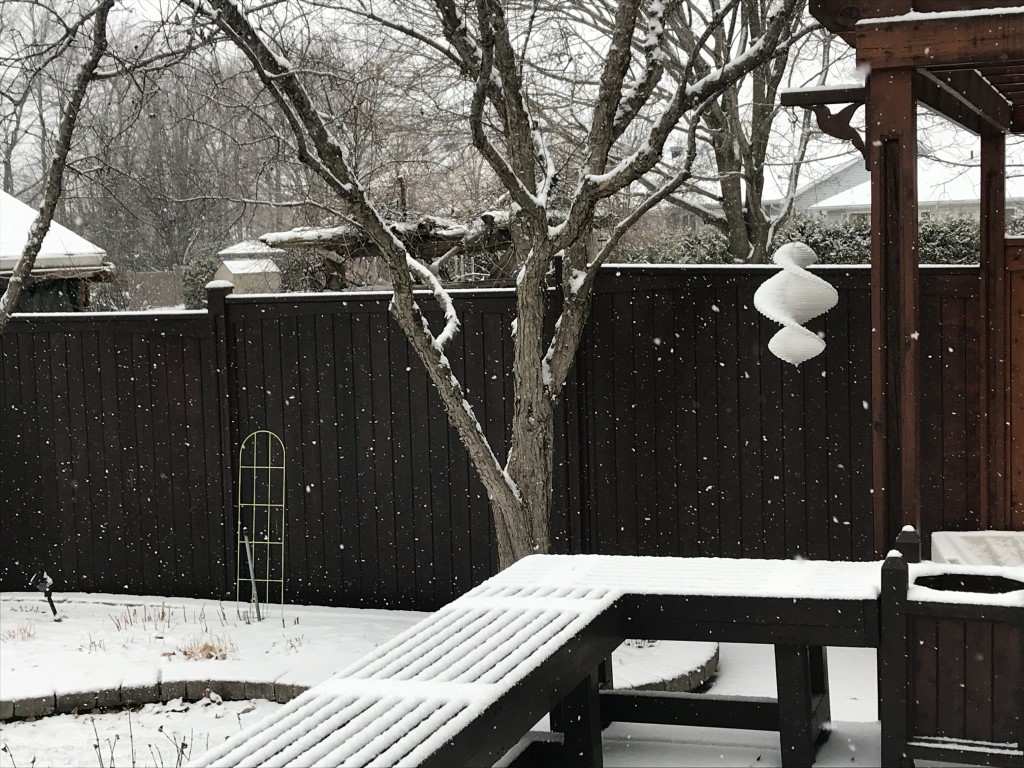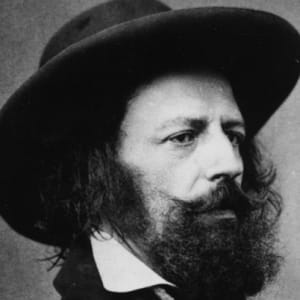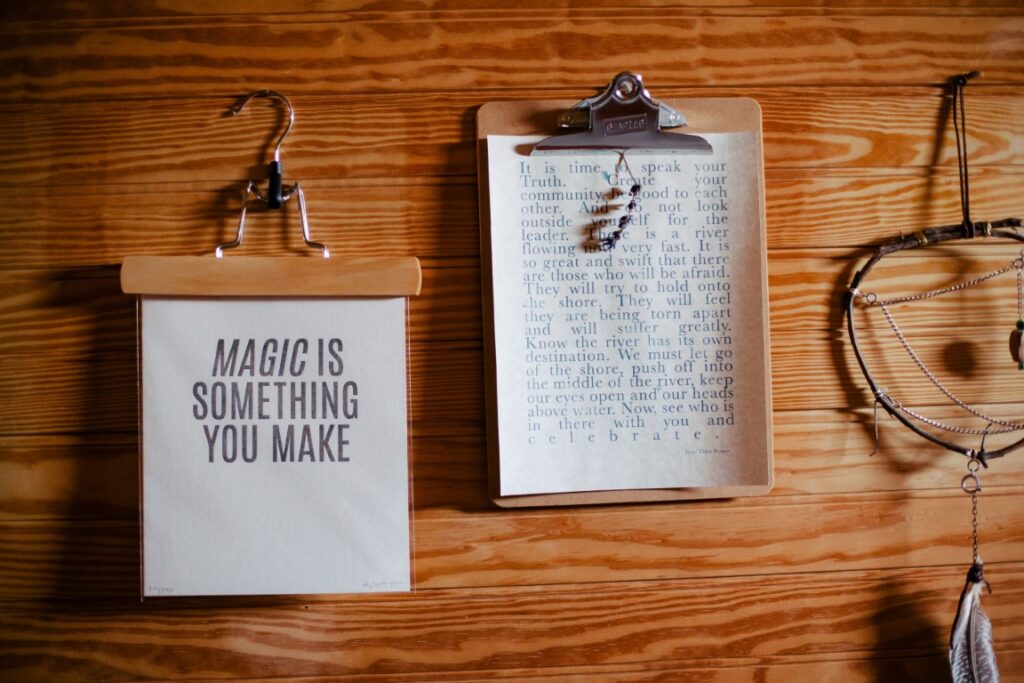THE CREATIVE PROCESS, PART 5: How Confinement Can Expand Creative Expression

COVID has taught us something that I think relates to the creative process: being confined can lead to greater creative expression. We can’t get together with friends for dinner, so we sign up together for an interactive cooking class online. We have to wear masks everywhere we go, so we find some fabric that makes a statement or makes us smile. Europe is out of bounds, so we discover new places we didn’t know existed, right in our own neighbourhoods. This is how, in the pandemic world, confinement can lead to new creativity.
I am a poet whose typical style is free verse. By definition unstructured, free verse has few rules beyond those that relate to good writing. But sometimes I feel the need for a poetic structure with very specific rules. Surprisingly, it’s that very restriction that can expand the creative expression in a poem.
There are so many forms of structured verse that entire fine arts graduate courses are taught on this. Structure can be found in rhythm, in rhyming sequences and in the number of lines or stanzas in a poem, to name a few.
How Shakespeare Did It
For example, Shakespeare’s preferred rhythm structure is what is known as iambic pentameter. The best way to think of iambic pentameter is that it’s like a heartbeat. It goes like this: da-DUM da-DUM da-DUM da-DUM da-DUM. Here’s one of Shakespeare’s more famous lines in iambic pentameter (see if you can get the rhythm structure):
If music be the food of love, play on.
William Shakespeare, Twelfth Night
Nice, eh? Shakespeare, of course, was a master of rhythm, using its structure to help express all kinds of different emotions.
When Every Syllable Counts
Haiku is a structure that consists of three lines, the first line with five syllables, the second line seven syllables, the third line five syllables. Here’s one that I wrote after my dad passed away:
LAMENT FOR MY DAD IN HAIKU FORMAT
We always ended
phone calls the same way. Now, for
all time: “love you, ‘bye.”
From the straightjacket of those three lines can come very big thoughts and emotion.
Repeating Lines
When I started writing my most recent COVID poem, I was feeling the squeeze of Ontario’s latest stay-at-home order. The first draft was in my usual free verse, but I was unhappy with the result. It did not convey the constriction I wanted to express, so I turned to structured verse. A pantoum uses four-line stanzas in which the second and fourth lines of each stanza serve as the first and third lines of the next stanza. The last line of a pantoum is often the same as the first.
Demanding? Yes. Constricting? Actually, no! I found that pantoum’s structure itself provided the sense of restriction I was feeling. That sense became an integral part of the poem, without me having to spell it out. So, structure allowed me to expand the creative expression in the poem, beyond what I could have done with free verse. This is how, in poetry, confinement can lead to new creativity.
I hope you’re finding innovative ways to live within the restrictions of COVID. Maybe this structured poem will help you to appreciate how sometimes, being confined can lead to greater creative expression. Here’s Hope and Chaos; I’d love to know what you think!
Lee Ann



